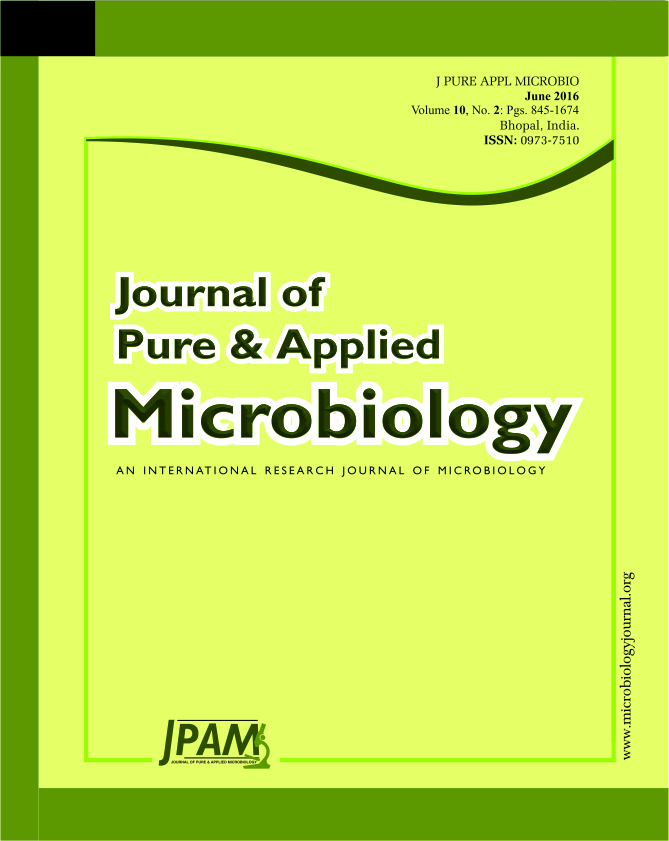Three black soils developed on three different parent materials viz., Hira black soil derived from schist, Bidar black soil derived from basalt and Shahabad black soil derived from limestone in North-eastern Karnataka were studied horizon wise. The texture of soil was clay throughout the depth in all profiles. The clay content increased with 66 to 78 per cent, whereas, sand content decreased with depth. All the soils had high CEC (72 to 96 cmol(p+)kg-1) with calcium and magnesium as dominating cations on the soil exchange complex. As the pH of the soil solution is high (pH 7.5 to 8.1) in limestone derived Shahabad soil, the sodium content also high (0.9 to 7.2 cmol(p+)kg-1) in the soil compare to others two (0.4 to 0.5 cmol(p+)kg-1). There were some variations in clay charges and vermiculite content among the three black soils but there were no much variations in specific surface area and coagulation threshold of the clays.
Parent material, Clay properties, Specific surface area.
© The Author(s) 2016. Open Access. This article is distributed under the terms of the Creative Commons Attribution 4.0 International License which permits unrestricted use, sharing, distribution, and reproduction in any medium, provided you give appropriate credit to the original author(s) and the source, provide a link to the Creative Commons license, and indicate if changes were made.


